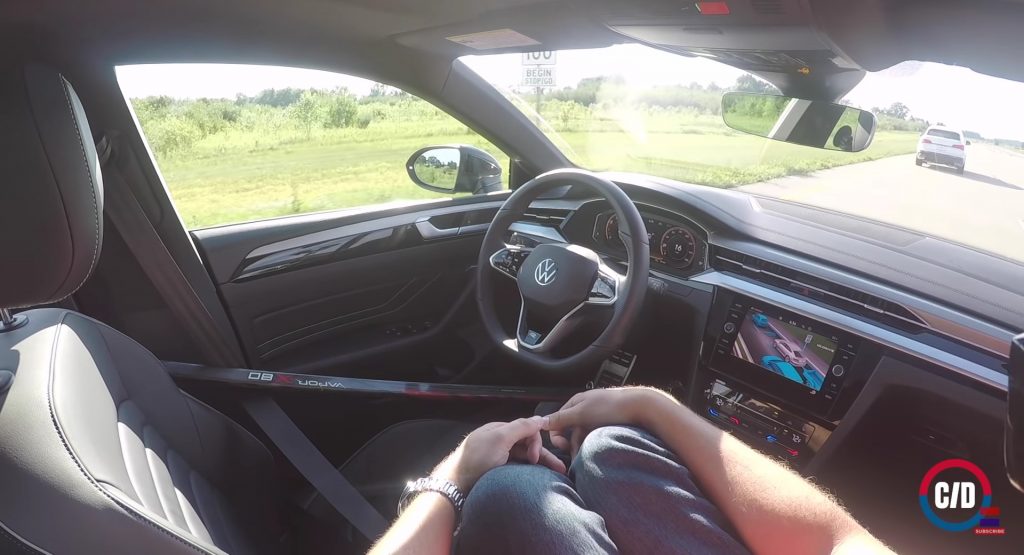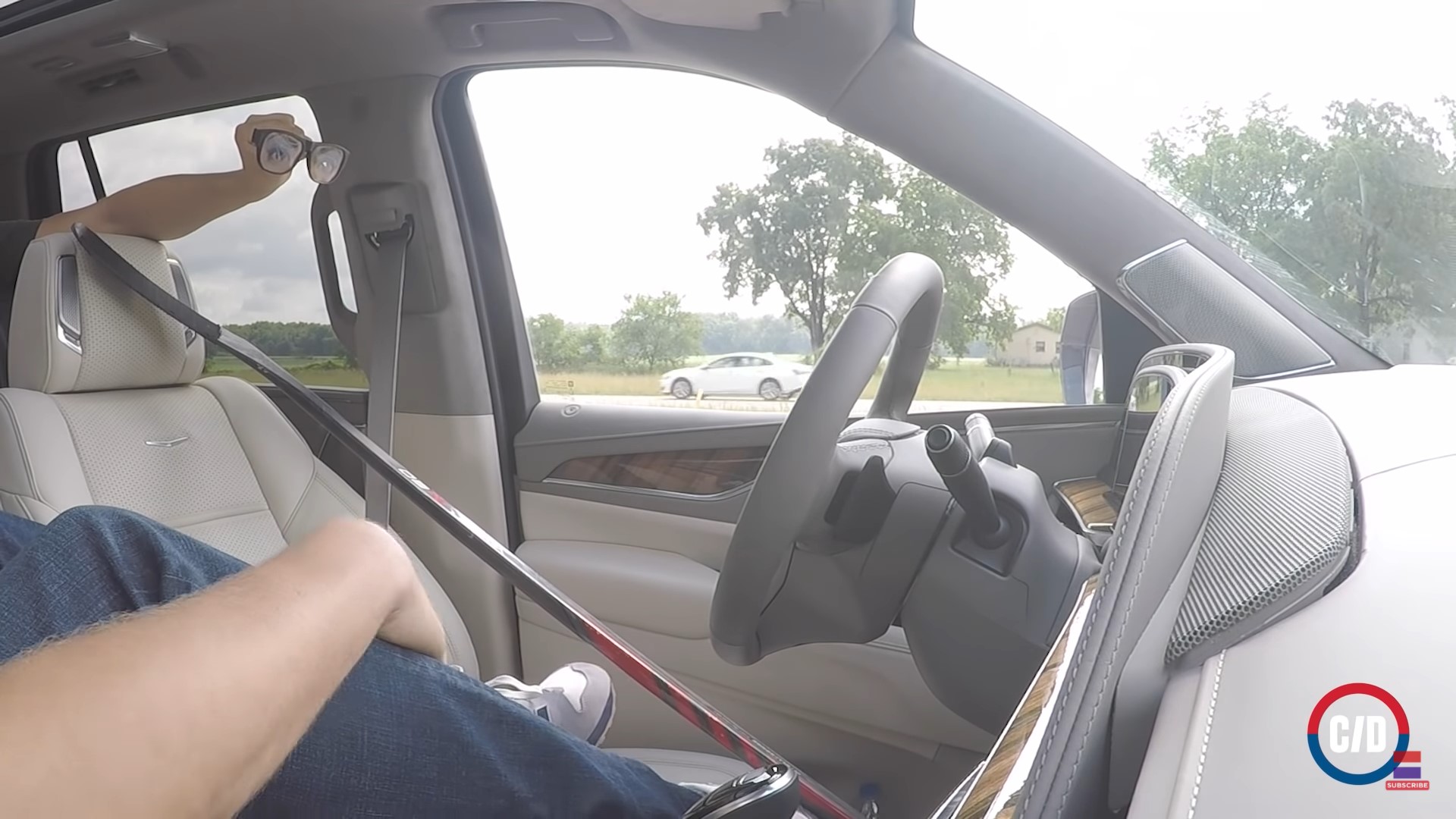There’s a tendency in the industry to focus too heavily on Tesla and its potentially misleading marketing strategy for all the failings of the advanced driver assistance industry. However, and as a recent study from Car and Driver discovered, almost every vehicle with advanced driver aids on sale today can be operated without anyone in the driver’s seat.
As we know from headlines bemoaning Tesla drivers for getting out of the driver’s seat while using features such as “Full Self-Driving,” despite Tesla’s own admission to the California DMV that their system does not offer autonomous driving, the misuse of driver aids can be dangerous. Consumer Reports, meanwhile, recently found that a Model Y could be fooled with little difficulty.
Car and Driver proves that Tesla isn’t the only guilty party. Testing 17 vehicles on a closed course (or a closed section of highway in Cadillac‘s case) from most major manufacturers, the test found that every brand’s safety checks can be defeated, allowing these systems to operate in a manner that they were not intended to.
Read Also: Consumer Reports Gets Tesla Model Y To Drive Without Anyone Behind The Wheel
Although some vehicles would deactivate or come to a halt if the seatbelt was unbuckled, as the report points out, a driver determined to misuse the system could simply buckle the belt behind them.
Similarly, most systems that required a hand on the wheel were easily defeated by affixing a weight to it, and even the Cadillac Super Cruise system, which checks to ensure the driver is retaining eye contact with the road, could be defeated with a cheap pair of novelty glasses with eyes painted on.
The test did find that Super Cruise, along with BMW and Mercedes‘ systems fared the best, though. The Germans have equipped their steering wheels with touch capacitors, making it much harder to defeat than systems that simply require a driver to occasionally put some pressure against the wheel. Cadillac’s system, meanwhile, remained active for just 18 seconds with no one behind the wheel, though a dummy could potentially fool it.
With many forum users actively posting tips and tricks to help defeat the safety checks installed on these vehicles, and the well-publicized Tesla stories, this is about more than “what-if” scenarios. Ensuring that drivers use these systems responsibly has an impact on the safety of the roads we all drive. And many of these flaws could be worked out with a simple weight sensor in the driver’s seat. Kind of like the one the passenger seat has.









